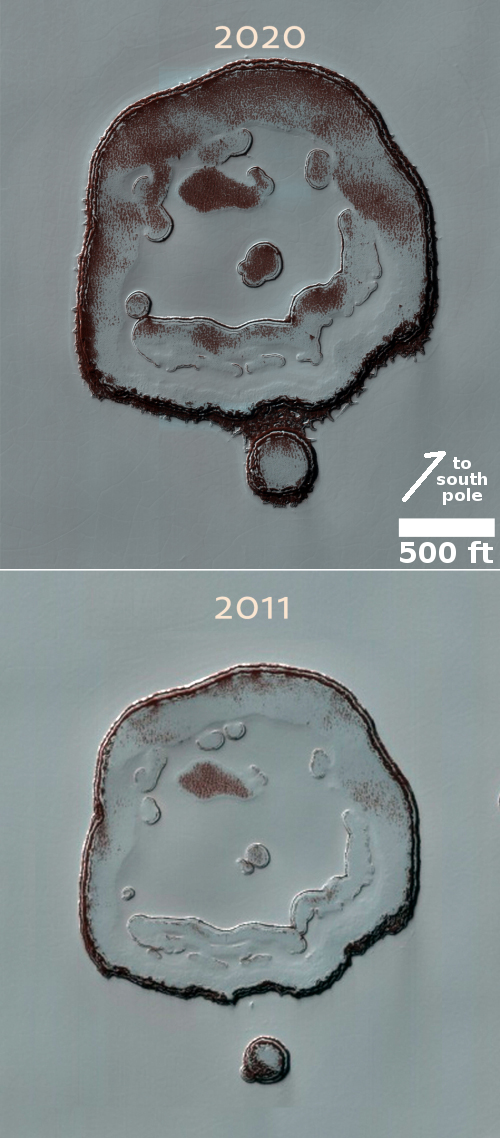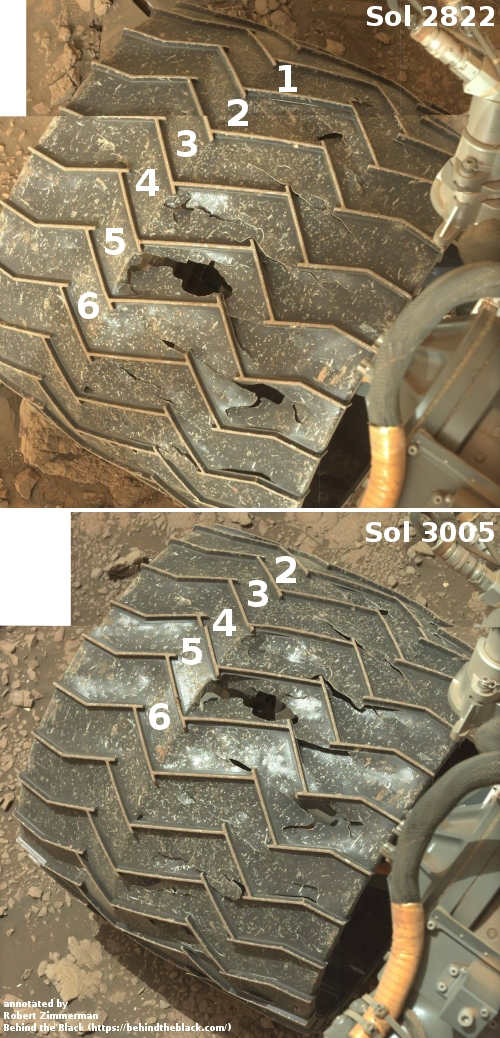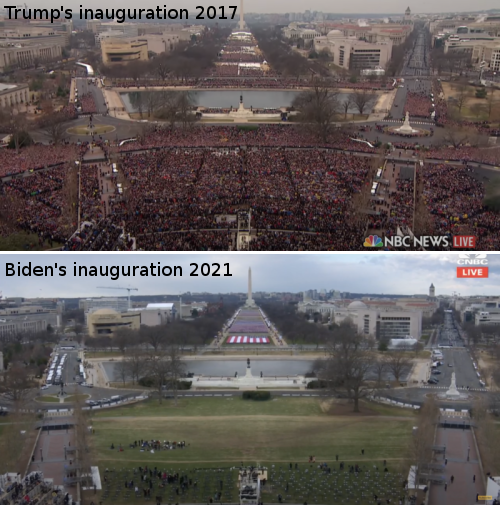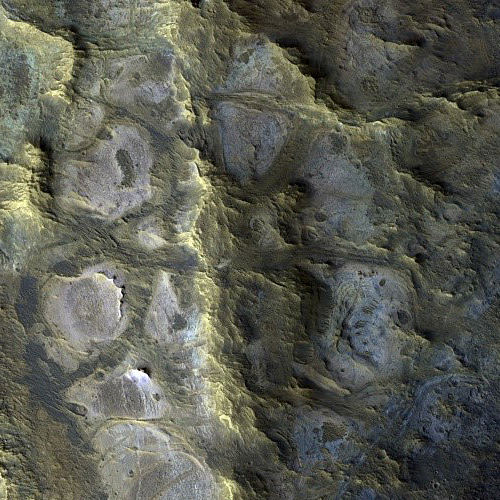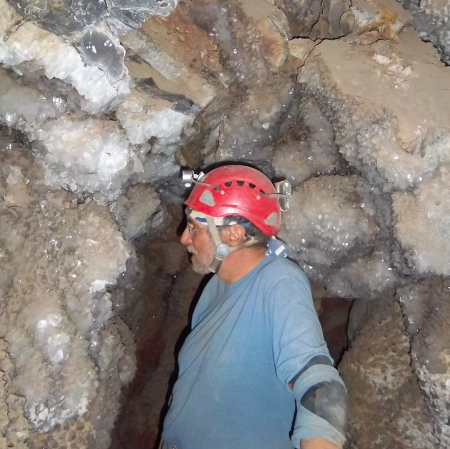Today’s blacklisted conservative: Professor at Florida University to be fired for wrongthink
They’re coming for you next: A professor at the University of Central Florida, having taught there for 22-years with exemplary ratings, has now been under a seven-month-long investigation by the university, trying to drum up evidence that he created a “hostile” classroom environment so he can be fired, an investigation sparked by Black Lives Matter protests against him because he tweeted things that fascist movement doesn’t like.
The University of Central Florida is set to fire embattled Professor Charles Negy, accusing him of creating a “hostile” classroom environment, the Orlando Sentinel reported this week.
Negy became a target of intense Black Lives Matter protests over the summer after he tweeted: “Black privilege is real: Besides affirm. action, special scholarships and other set asides, being shielded from legitimate criticism is a privilege. But as a group, they’re missing out on much needed feedback.”
He has since deleted the tweet and a few others that caused controversy at the time, but a petition demanding he be fired had garnered nearly 35,000 signatures and protesters even targeted his home.
The university launched an investigation amid the turmoil and recently concluded Negy is guilty of classroom “misconduct,” the Sentinel reported, adding his termination will take effect Jan. 25.
I especially like the truly despicable manner in which the university gathered evidence against Negy:
A June 4th message posted to UCF’s website from the president, provost, and chief diversity officer addressed the content of Negy’s tweets directly and then stated: “If any student, current or former, believes they may have experienced abusive or discriminatory behavior by any faculty or staff member, we want to know about it. UCF takes every report seriously. Concerns can be reported to UCF’s IntegrityLine, which also takes anonymous complaints.” [Emphasis in original]
Read the whole thing. It is very clear that nothing Negy did in the past was considered misconduct, and in fact his work was rated excellent until this witch hunt, much of it inspired by anonymous slanders against him.
Moreover, reread his quoted tweet above. Nothing he says there is untrue. Nor is anything in it racist. It merely notes that affirmative action and being protected from criticism, as too many blacks today are merely because of their skin color, is not healthy for developing a critical mind. Such policies hurt minorities, not help them.
But then, having such opinions outside the norm of our leftist culture today is verboten, and will not be tolerated. And if you dare defy our political masters they will immediately gather to destroy you, no questions asked.
Negy is about to join the modern leftist blacklist, forbidden to speak and forbidden to work. I also think that if they could make him forbidden to even exist, they would. In fact, I fully expect this mob to go in that direction, given time.
They’re coming for you next: A professor at the University of Central Florida, having taught there for 22-years with exemplary ratings, has now been under a seven-month-long investigation by the university, trying to drum up evidence that he created a “hostile” classroom environment so he can be fired, an investigation sparked by Black Lives Matter protests against him because he tweeted things that fascist movement doesn’t like.
The University of Central Florida is set to fire embattled Professor Charles Negy, accusing him of creating a “hostile” classroom environment, the Orlando Sentinel reported this week.
Negy became a target of intense Black Lives Matter protests over the summer after he tweeted: “Black privilege is real: Besides affirm. action, special scholarships and other set asides, being shielded from legitimate criticism is a privilege. But as a group, they’re missing out on much needed feedback.”
He has since deleted the tweet and a few others that caused controversy at the time, but a petition demanding he be fired had garnered nearly 35,000 signatures and protesters even targeted his home.
The university launched an investigation amid the turmoil and recently concluded Negy is guilty of classroom “misconduct,” the Sentinel reported, adding his termination will take effect Jan. 25.
I especially like the truly despicable manner in which the university gathered evidence against Negy:
A June 4th message posted to UCF’s website from the president, provost, and chief diversity officer addressed the content of Negy’s tweets directly and then stated: “If any student, current or former, believes they may have experienced abusive or discriminatory behavior by any faculty or staff member, we want to know about it. UCF takes every report seriously. Concerns can be reported to UCF’s IntegrityLine, which also takes anonymous complaints.” [Emphasis in original]
Read the whole thing. It is very clear that nothing Negy did in the past was considered misconduct, and in fact his work was rated excellent until this witch hunt, much of it inspired by anonymous slanders against him.
Moreover, reread his quoted tweet above. Nothing he says there is untrue. Nor is anything in it racist. It merely notes that affirmative action and being protected from criticism, as too many blacks today are merely because of their skin color, is not healthy for developing a critical mind. Such policies hurt minorities, not help them.
But then, having such opinions outside the norm of our leftist culture today is verboten, and will not be tolerated. And if you dare defy our political masters they will immediately gather to destroy you, no questions asked.
Negy is about to join the modern leftist blacklist, forbidden to speak and forbidden to work. I also think that if they could make him forbidden to even exist, they would. In fact, I fully expect this mob to go in that direction, given time.

